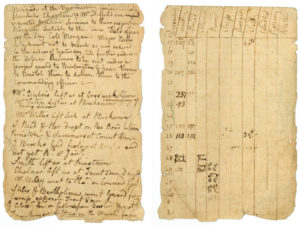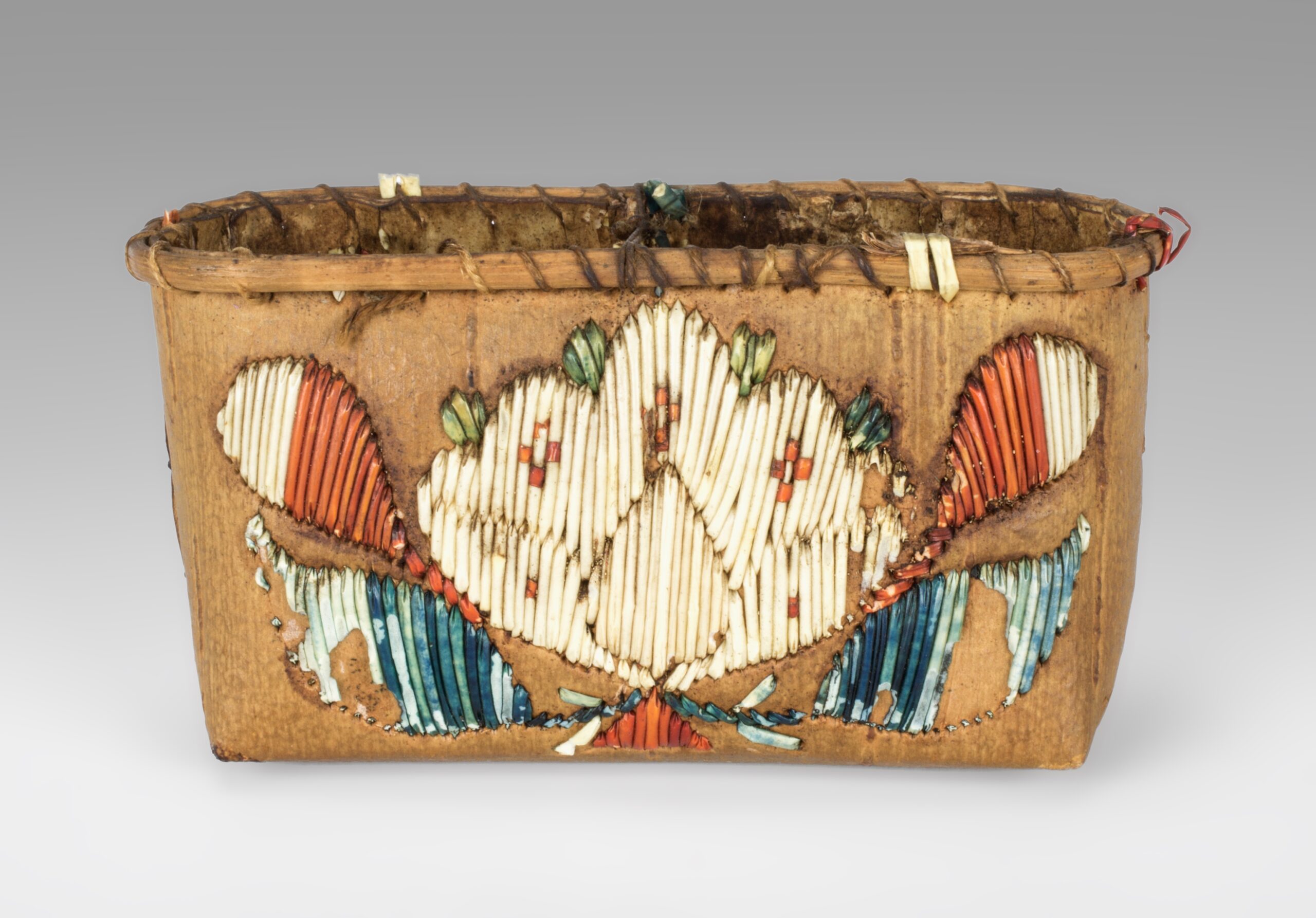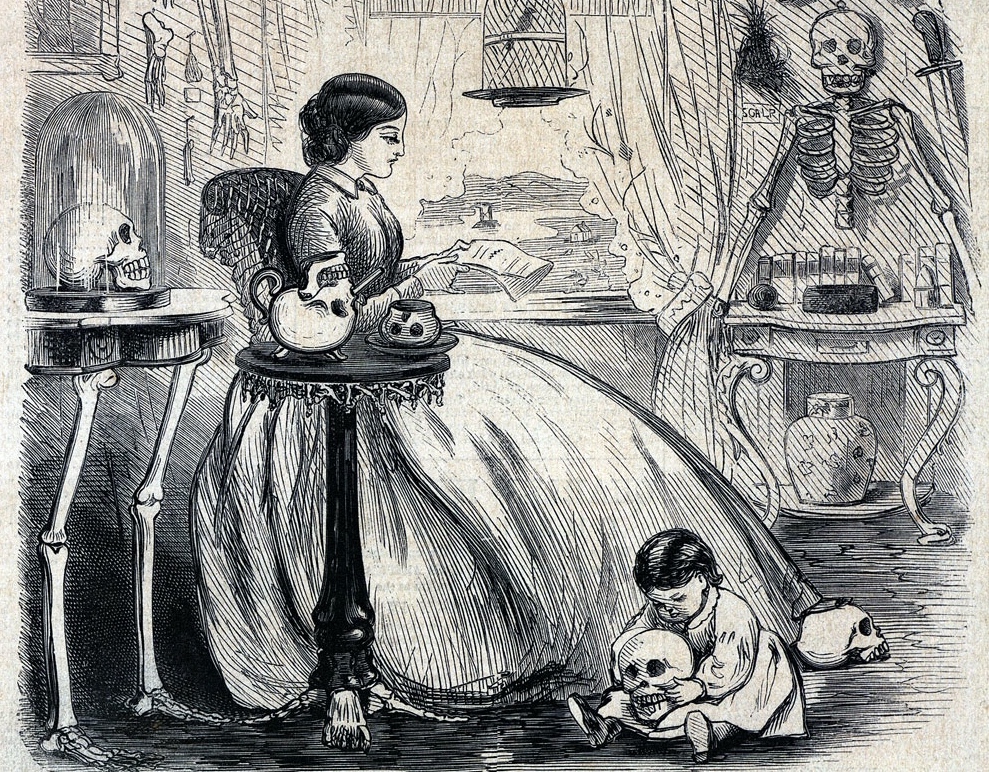Published papers are an invaluable resource for historians and the public alike. But it is sometimes useful and often necessary for historians to return to the archives to consult the original documents because editors can exclude material, and archivists, researchers, and the original owners can jumble the order of things. I was reminded of this necessity three years ago when, as a consulting historian, I accepted a project to help research a new exhibit on the Ten Crucial Days Campaign of the winter of 1776-1777 for the Museum of the American Revolution, which opened in Philadelphia in April 2017. One element of my project seemed easy enough: discuss the civilian lives of a company of Philadelphia militia who participated in the Ten Crucial Days Campaign. We needed to know who they were, where they lived, what they did for work, and why they became revolutionaries. These questions complicated what I originally thought was a simple task.
I believed that the project would be relatively easy because the commander of that company was the artist, soldier, politician, and future museum curator and entrepreneur Charles Willson Peale (1741-1827) (fig. 1), whose journals and correspondence made his militia company the best documented Philadelphia company from the winter of 1776-1777. But I was wrong.
The museum intended to build a tableau—a life-sized scene with mannequins—to relate an evocative incident Peale remembered in his autobiography about his company’s experience on December 8, 1776:
As soon as they had reached Trent Town, orders came, for them immediately to recross the [Delaware] River with all possible haste. And General Washington’s whole army followed that night, and made a grand, but dreadful appearance. All the shores were lighted up with large fires. The Boats continually passing and repassing full of men, Horses, artillery, and camp Equipage. The hollowing [hollering] of hundreds of men in their difficulties of getting Horses and artillery out of the boats, made it rather the appearance of Hell than any earthly scene. That night he lay with his company by a fire on the shore, the next morning, they were ordered to an Encampment about half a mile from the water.
He now met his brother James, who had a commission in the Maryland line, and had been in the rear guard, through all the retreat of the American Army, from the north River, and had lost all of his cloaths. He was in an Old dirty Blanket Jacket, his beard long, and his face so full of Sores, that he could not clean it, which disfigured him in such a manner that he was not known by his brother at first sight.
The tableau would include life-sized figures representing the Peale brothers, Charles and James, and others including camp followers and soldiers (fig. 2). The display was intended to illustrate one of the low points of the American cause. It would also illustrate the two very different revolutions of Philadelphia and Maryland: Charles’s company represented the increasingly radical egalitarian revolution taking place in Philadelphia, while James and his comrades embodied the more conservative, planter-driven revolution in Maryland. To heighten the effect, the exhibit would also include artifacts associated not only with the Peales themselves, but also with the people associated with them, such as members of Charles’s company. I already knew that Charles’s militia company was drawn from a ward made up of laborers, tradesmen, and gentlemen. But it would be a coup to find objects associated with them to display along with their stories. So my task was to check Peale’s remembrances against other records and then to recreate the scene as closely as possible, by researching the prevailing weather, the condition of the roads they marched on, the time of day, the clothing they wore, and most importantly, the actual people who would have been at the scene. In short, I was supposed to help the museum get the scene “right.”
Historical accuracy is, of course, of utmost importance for the people involved in designing exhibits at the Museum of the American Revolution. They want visitors’ experiences to be “authentic,” for people to come away understanding what Revolutionary America looked and felt like. To that end, one part of my job was confirming historical facts and getting the tableau’s details right. For instance, Peale’s journal suggests that the incident he remembered took place on December 8, 1776, near present-day Morrisville, Pennsylvania. Weather logs and other journals confirmed that the muddy, nasty conditions were as Peale remembered them. But the museum wanted more detail about the event itself. Who else would have been there, and what would they have worn? These questions were harder to answer and entailed, at the very least, finding out the names of the people in Peale’s company.

This was a much more difficult proposition. The task that I originally thought would be “easy enough” was actually, I discovered, a complicated research problem. What I needed to find was a muster roll—a list of company members—from the winter of 1776-77. But this proved elusive. Many Philadelphia militia muster rolls were published by the state of Pennsylvania in the nineteenth century, but the one I needed wasn’t there. Because I could not find the muster roll I needed, I would have to reconstruct one using other sources. A first step was taking stock of what I actually knew. Charles Willson Peale’s company was from the physically small but population-dense High Street Ward in Philadelphia (fig. 3).
The white male population of the area consisted largely of tradesmen and laborers. Many of the inhabitants of the ward were of the “lower sort,” the type of people chronicled in Steven Rosswurm’s Arms, Country and Class: The Philadelphia Militia and the “Lower Sort” during the American Revolution and Billy Smith’s The “Lower Sort”: Philadelphia’s Laboring People, 1750-1800. So I knew where they lived, and, because of the already substantive research done, I had a broad idea of what their daily lives were like, and their relationship with the Revolution. Unfortunately, I did not know their names.
Working in my favor, though, was the fact that the inhabitants of the High Street Ward were relatively well documented. Tax lists and other militia muster rolls abounded. By looking at them in tandem, it was possible to build a dossier on nearly every white male in the ward at that time. Although dated a year before the one I needed, the muster roll from 1775 is remarkable as one of the few from Philadelphia City to survive from that period. In that year, a majority of white tradesman and property owners joined the company from the ward. But the extant 1777 muster roll showed that in the intervening time, enthusiasm for the Revolution appeared to have waned: very few members of the company of 1775 served their tours of duty in the years after 1777. Several were noted as loyalists. Though eventually crucial to this project and incredibly interesting, this research trail was not an effective method of deducing members of the company in the winter of 1776-77. As is often the case in conducting research for a project, the material I needed simply was not there.
Which brought me back to Charles Willson Peale himself. I knew he had kept a detailed journal of the winter campaign of ’76-77. The published versions did not contain a muster roll but that fact did not preclude the possibility that his original might. Peale’s journal from the winter of 1776-1777 had been printed three times over two centuries. Each publication reflected the editorial choices of their periods of publication. It was first published in the February 1856 issue of the art magazine The Crayon by Peale’s son Rembrandt Peale (1778-1860). Rembrandt titled it “The Artist-Soldier” and presented it as “nothing worthy of the great historic pen, yet [it has] interesting episodes of soldier life without the embellishments of romance.” Rembrandt’s editorial choices possibly reflected the tendency in antiquarian publishing of the period to highlight the everyday experiences of the Revolution instead of recounting grand narratives. Further, Charles Willson Peale’s account suggested to another generation of American artists that they could be both artists and play a role in building their republic. The editorial interventions were relatively typical: there was an attempt made at correcting spelling and grammar, while addenda, accounts, and some portions of daily events were excised.
In 1914, Peale’s great-grandson Horace Wells Sellers (1857-1933) published the journal again. Sellers’s editing was fairly typical of that period as well: corrected for grammar and spelling, with a little bit of hagiography, and no attempt to unpack any of the contradictions between Peale’s journals and his later autobiography that Sellers included. Sellers was a prominent Philadelphia engineer and architect who, along with his father Coleman Sellers, began gathering Peale family material that had been loaned or donated elsewhere. Sellers reused Rembrandt Peale’s title, “Artist-Soldier,” but his narrative suggests slightly different purposes than Rembrandt’s. Above all, Sellers wanted to reestablish Peale’s role as a founder and artist.
When the journal was published again in 1983, the editor, Lillian B. Miller (1923-1997), also wanted to reestablish Peale’s reputation as a great American painter and a major figure in the cultural world of the early republic. Like the others, Miller’s volume reflected contemporary editorial practices. She attempted to include everything that could be of value to the public and academics alike—especially to academics of the early 1980s. Among other changes, Miller elided some material out of concern for length, and “in deference to printing costs.” But the material that Miller left out—CWP’s “running account of provisions supplied to his company and individual transactions between him and his men”—was the very material I wanted to examine.
Together, the American Philosophical Society in Philadelphia and the Huntington Library own Peale’s Revolutionary War-era journals. (The Huntington has Peale’s winter of ’76-77 journal except for a few pages, while the American Philosophical Society Library has several pages of the original and a photostatic copy of the rest.) It soon became clear that the unpublished contents were as valuable as I had hoped they might be: they included some of Peale’s financial and militia accounts, the accounts of his company, clothing issues, and most importantly, a list of company members by last name (fig. 4). While this list was not a detailed muster roll, taken together with the other muster rolls and tax lists, the list of company members was sufficient to recover the names of many members of Peale’s company. Finally, the museum could flesh out the figures of Peale’s company.






















